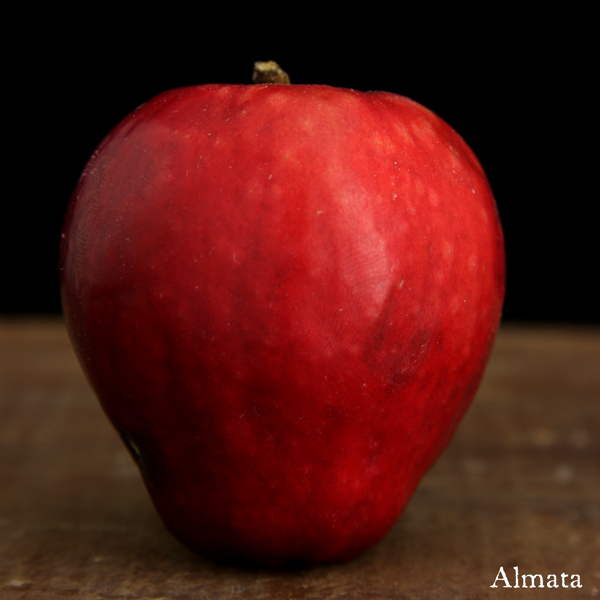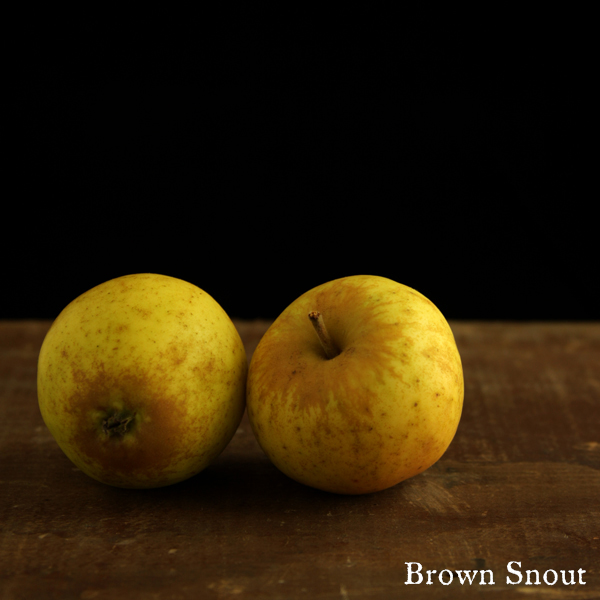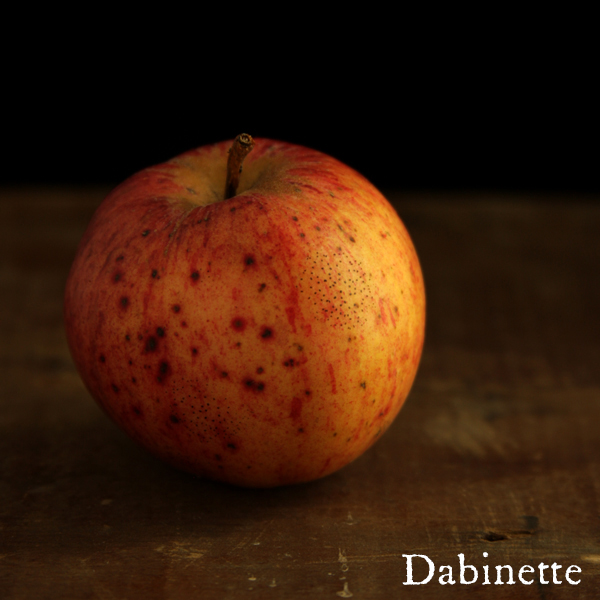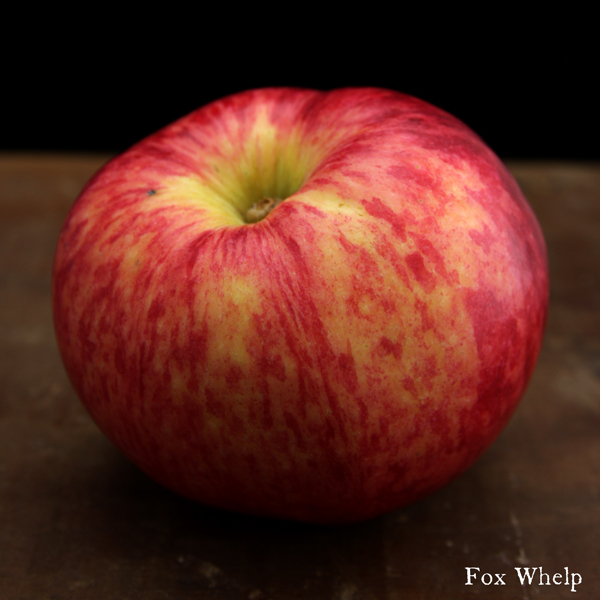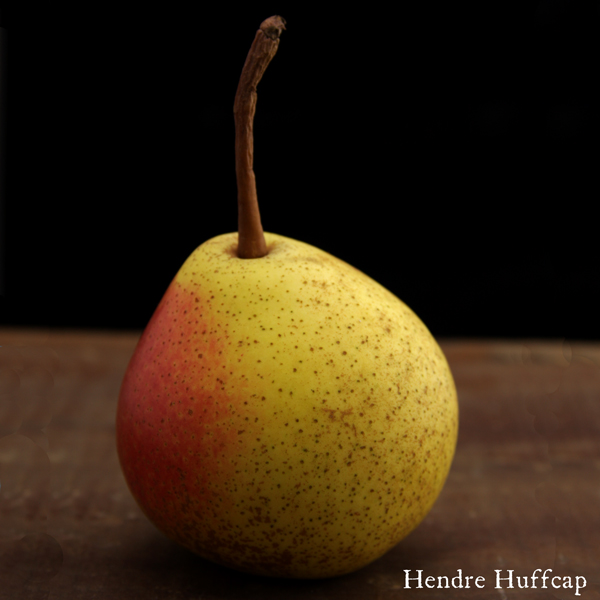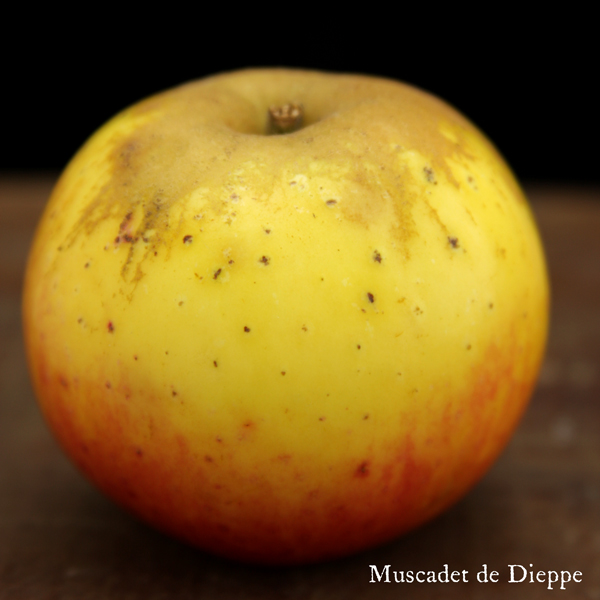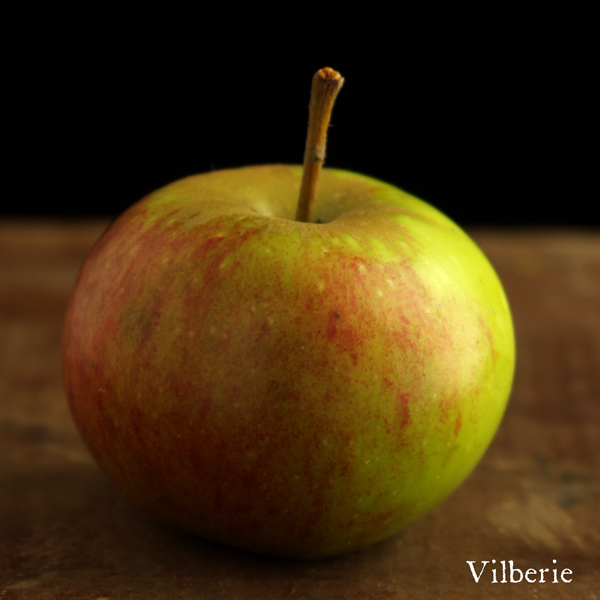Our Orchard
Long before Eastern Washington became "Apple Capital of the World", apples were flourishing in the milder, moister climate of the Pacific Northwest. Homesteads have long ago disappeared, but the apple trees planted by these early settlers are still offering up their scabby, shrunken fruit on lichen covered limbs. If you take a chance and look past the cracked skin and curled leaves, chances are you will find a taste of history in the flavor packed punch those old apples deliver.
Making cider was our first love and we planted the orchard to be able to do that the way we wanted. Having an orchard and learning the skills needed to maintain it has become an incredibly satisfying bonus to our lives, as well as to the cider-making process. When we decided to plant trees we needed to clear the land of 3rd growth scrub, logging waste, and 12 foot high wild rose. Looking back now, we might not have attempted an orchard in this place at all!
We selected our tree varieties based on an afternoon spent in a lab tasting single varietal ciders. It was a great experience and defined the type of cider we would eventually be making. Knowing that we would not be able to source European bittersweet or bittersharp cider apples those were the varieties we planted. We felt that growing the rare cider apples used for centuries to produce complex nuanced cider in the cider regions of Europe, blended with the heirloom apples available locally, would give us an incredible range of flavors. Our apples seem to thrive with our non-interventionist approach to orchard care. While our orchard is small, so is our production. If the trees are heavy one year with bittersweet apples and the next with bitter-sharp it just gives us a way to remember the passing seasons. Every vintage tells the story of the previous year.
When we began to plant the small whips back in 2003, we realized we needed more soil so the land was carefully sculpted into long raised beds. The surprise benefit of all that work was that drainage was not a problem. 98% of the trees are able to keep their feet dry even in the wettest winters.
About 7 or 8 years ago, we planted several types of perry trees. Because we were short on fenced orchard space but not on fences we decided to espallier them along the fence lines. The method shows off the beauty of the blossoms and the fruit of these trees. They require a lot of attention but the return is very high with the quality and quantity of fruit they generate.
The trellis system we decided on was modified to take full advantage of our site. We went an extra wire tall to add support and give us an extra handful of apples on each tree. We didn't crop the main trunk at the third wire to reduce branching and allow more sun deeper into the orchard. Our watering emitters are two feet above the ground to stay out of the way of our flame-weeding program.
At the far end of our orchard there is a system of ponds that teem with insects, amphibians, birds and various mammals. We see a defined spike in the health of that end of the orchard.
We did not pre-treat the soil with fungicide as was recommended. This is a rather common practice amongst organic growers - the three year transitional time allows a pesticide loop hole. We even hear of orchardist switching blocks of trees in and out of the organic program so that they can be sprayed heavily and reentered in the system three years later. Planting in this virgin area surrounded by forested land helped avoid the problems of orchards that have years of disease and established pest problems to contend with. Flame-weeding and keeping the orchard floor very clean has been an effective way of controlling pests and fungus. It has also provided us with an abundance of pollinators.
History of the area
This area is part of the Crescent Formation formed by lava flows over 55 million years ago. This basalt flow, stretches as far East as Seattle and skims across the cliffs bordering Discovery Bay. Our orchard is located in that narrow band, which means we have the challenge of growing apples in the soil of land formed by volcanic fire and the slow grinding of glacial ice. The thin layer of topsoil we exposed was deeply acidic and drainage was poor. The land required months of rock removal, and thousands of pounds of lime before we could begin to think of planting.


